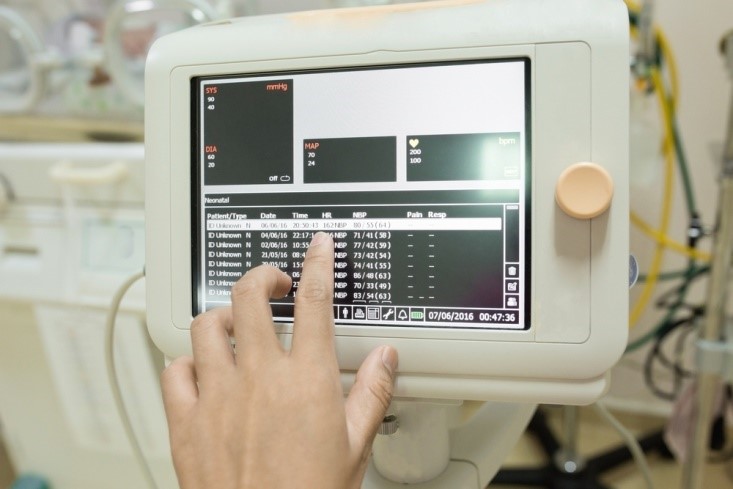Nov 8
2016
Wireless Medical Technology: The “Why” Is as Important as the “How”
 The Internet of Things (IoT) is taking hold in nearly every aspect of our lives. No longer are we content with simply connecting via a computer or mobile device. These days, our homes are filled with connected devices, all purporting to make our lives easier, more efficient, and in many cases, more entertaining.
The Internet of Things (IoT) is taking hold in nearly every aspect of our lives. No longer are we content with simply connecting via a computer or mobile device. These days, our homes are filled with connected devices, all purporting to make our lives easier, more efficient, and in many cases, more entertaining.
However, the IoT’s creep isn’t limited only to our homes. One area where IoT is already taking hold and is expected to grow even more is in the health care industry. Often referred to as Medical IoT (or just connected medical devices), the adoption of connected devices is already at impressive levels and the trend is for even more devices to be accessible via the internet in the future.
For example, it’s not uncommon to find patients using wearable devices to collect and transmit data about their blood sugar, blood pressure, heart rate, and oxygen rate to their physicians, or to find wireless devices within hospitals that automatically transmit patient vital signs and other monitoring data straight from the hospital room to hospital staff, no matter their location. The assumption is that thanks to such continuous monitoring and real-time data, physicians can provide better quality care and improve patient outcomes.
Undoubtedly, the IoT certainly creates a great deal of opportunity within health care to deliver better outcomes. At the same time, though, there is also the question of the true value of connected devices in every circumstance. The fact is, while there is a certain “cool” factor associated with IoT technology, and a sense of wonder at the fact that a device can transmit data wirelessly, there is also a concern that developers will attempt to include connectivity just because they can. Unless the technology aligns with user expectations and behaviors, is reliable, and delivers actual meaningful outcomes — and doesn’t just add an unnecessary feature to the device — it is unlikely to be successful.
Therefore, when developing connected medical technology, it is just as important to consider why you are connecting it as it is to consider how you will connect it. Often, the how isn’t nearly as complicated as one might think, thanks to relatively inexpensive and widely available microcontrollers and applications. The why, on the other hand, is more complex, and requires developers to consider not only the potential benefits of connecting a medical device, but several other key points as well, among them the potential for data overload, the security of the devices, and addressing potential malfunction, to determine whether a device can benefit from connectivity.
Chief Concerns for Connected Medical Devices
While there are plenty of points to consider when developing any type of medical device, when the device is designed to be connected to the internet, there are additional things to think about.